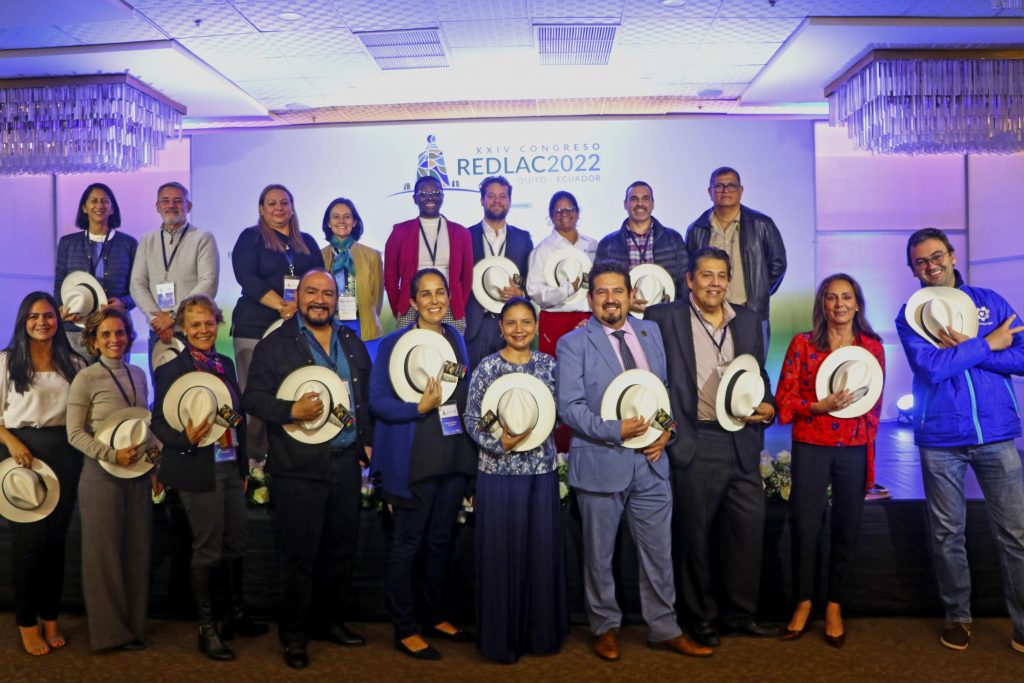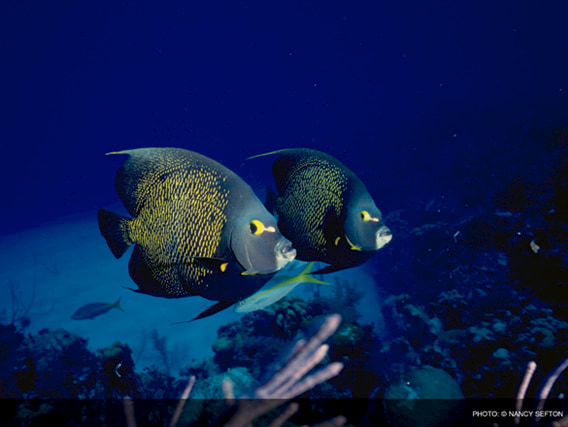La conservación y protección del medio ambiente es una tarea que requiere esfuerzos conjuntos y coordinados entre una amplia variedad de actores. En América Latina y el Caribe, la Red de Fondos Ambientales (RedLAC) se ha consolidado como la principal Red de colaboración en este ámbito. ¿Qué beneficios ofrecería unirse a RedLAC para los Fondos Ambientales? En este artículo, exploramos la importancia de fortalecer las redes de colaboración y cómo la unión a RedLAC puede ser un paso importante para lograrlo.
Jorge Oviedo, Presidente de RedLAC.
La colaboración en la conservación ambiental no es nueva. Desde hace décadas, diversos actores han trabajado juntos para lograr la protección de los ecosistemas y la biodiversidad en América Latina y el Caribe. Sin embargo, el fortalecimiento de las redes de colaboración se ha convertido en una necesidad cada vez más urgente en un contexto de creciente degradación ambiental y cambio climático. Las redes de colaboración permiten compartir conocimientos, recursos y experiencias para mejorar las capacidades y lograr un mayor impacto en los esfuerzos por la conservación y la protección ambiental.
En este sentido, RedLAC se ha consolidado como una de las principales redes de colaboración en América Latina y el Caribe. Con más de 25 años de experiencia, RedLAC cuenta con una amplia variedad de miembros, incluyendo Fondos Ambientales de diversos países de la región. Al unirse a RedLAC, los Fondos Ambientales no miembros tendrían la oportunidad de conectarse y colaborar con otros miembros de la Red en toda la región. Esto les permitiría compartir conocimientos, recursos y experiencias para mejorar sus capacidades y lograr un mayor impacto en sus esfuerzos por la conservación y la protección ambiental.

Uno de los principales beneficios de unirse a RedLAC es el acceso a una amplia variedad de recursos y herramientas para apoyar los esfuerzos de conservación ambiental. RedLAC ofrece capacitación y asesoramiento en diversos temas, desde la gestión de proyectos hasta la comunicación y la educación ambiental. Además, los miembros de RedLAC pueden acceder a financiamiento para apoyar sus proyectos y programas ambientales.
La unión a RedLAC también permitiría a los Fondos Ambientales no miembros participar en otras redes y organizaciones regionales e internacionales que trabajan en la conservación y protección ambiental. Esto les permitiría ampliar sus redes y colaborar con una amplia variedad de actores que trabajan en el mismo ámbito.
Además, la unión a RedLAC permitiría a los Fondos Ambientales no miembros alinearse con los objetivos y compromisos internacionales de conservación y protección ambiental, como los Objetivos de Desarrollo Sostenible (ODS) y la Convención sobre la Diversidad Biológica (CBD). Esto podría ser una oportunidad para mostrar su compromiso con la protección del medio ambiente y promover su trabajo a nivel internacional.
También puede abrir nuevas oportunidades de financiamiento para los Fondos Ambientales no miembros. Como parte de la Red, tendrían acceso a posibles fuentes de financiamiento, como donantes internacionales y fondos multilaterales, que podrían ayudarles a expandir sus iniciativas y proyectos de conservación.
En resumen, al unirse a RedLAC, los Fondos Ambientales no miembros podrían fortalecer sus capacidades, aprender de las mejores prácticas en conservación y protección ambiental, conectarse y colaborar con otros miembros de la Red, y acceder a nuevas oportunidades de financiamiento.
RedLAC se ha convertido en la Red más grande y exitosa de América Latina y el Caribe en cuanto a la conservación y protección del medio ambiente. Al ser parte de ella, los Fondos Ambientales podrían contribuir a la consolidación de una comunidad regional más fuerte y unida, comprometida con la protección del planeta y el bienestar de sus habitantes.
No pierdas la oportunidad de formar parte de la red más grande y exitosa de conservación ambiental de América Latina y el Caribe. Únete a RedLAC hoy como Fondo Ambiental y juntos trabajemos por un futuro más sostenible para nuestro planeta.





